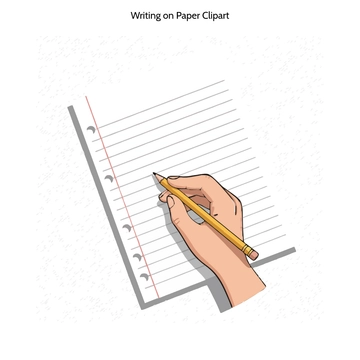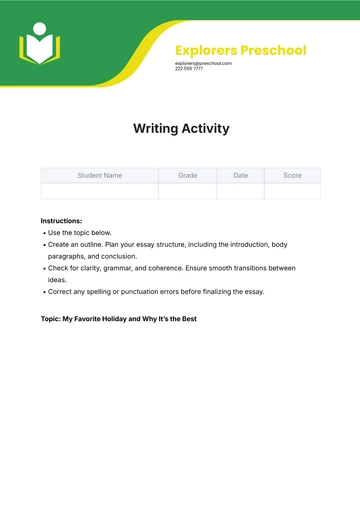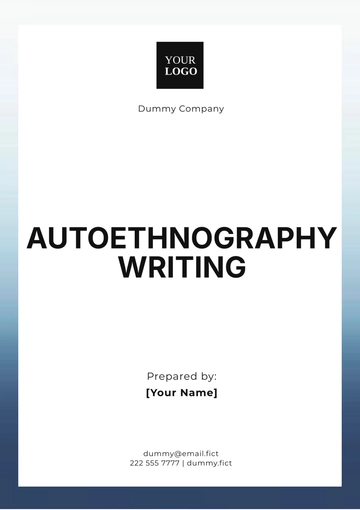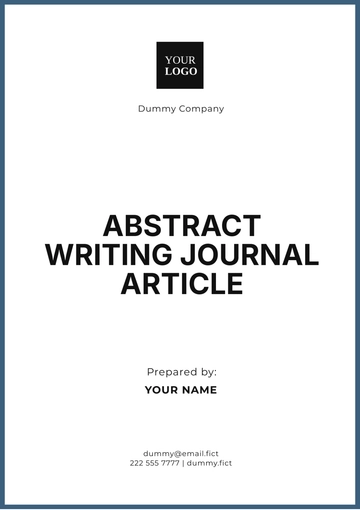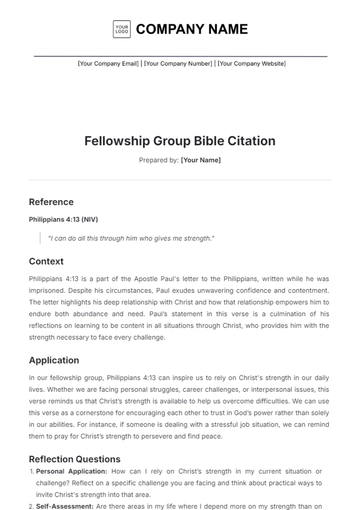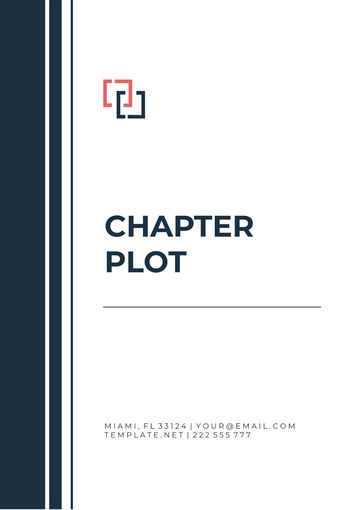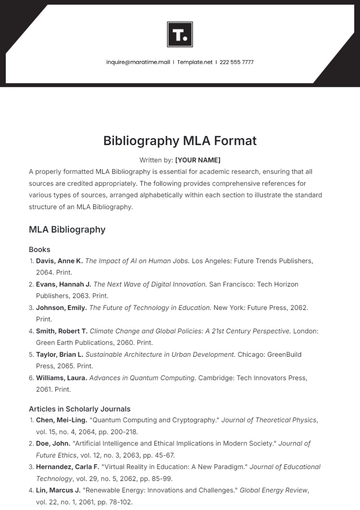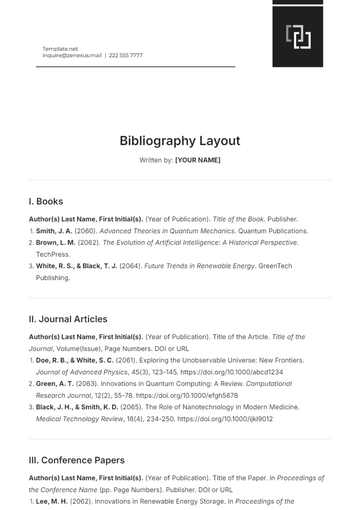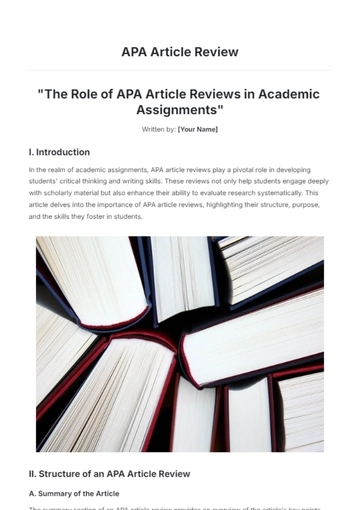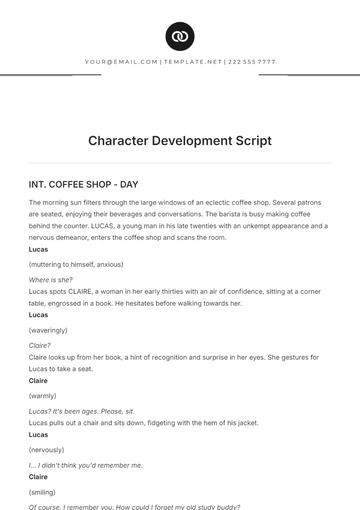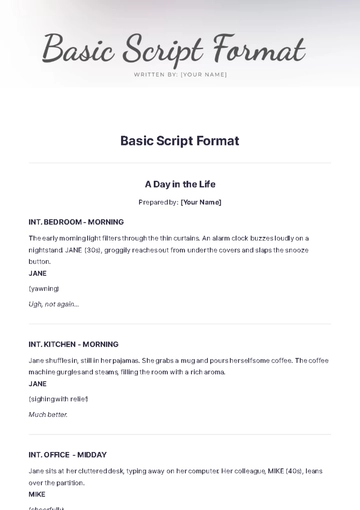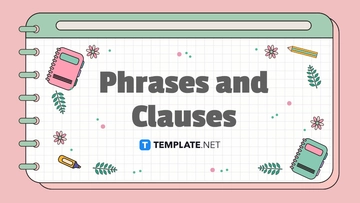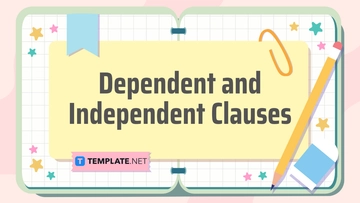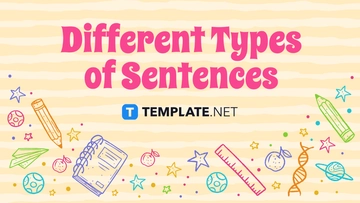Free Novel Chapter Outline
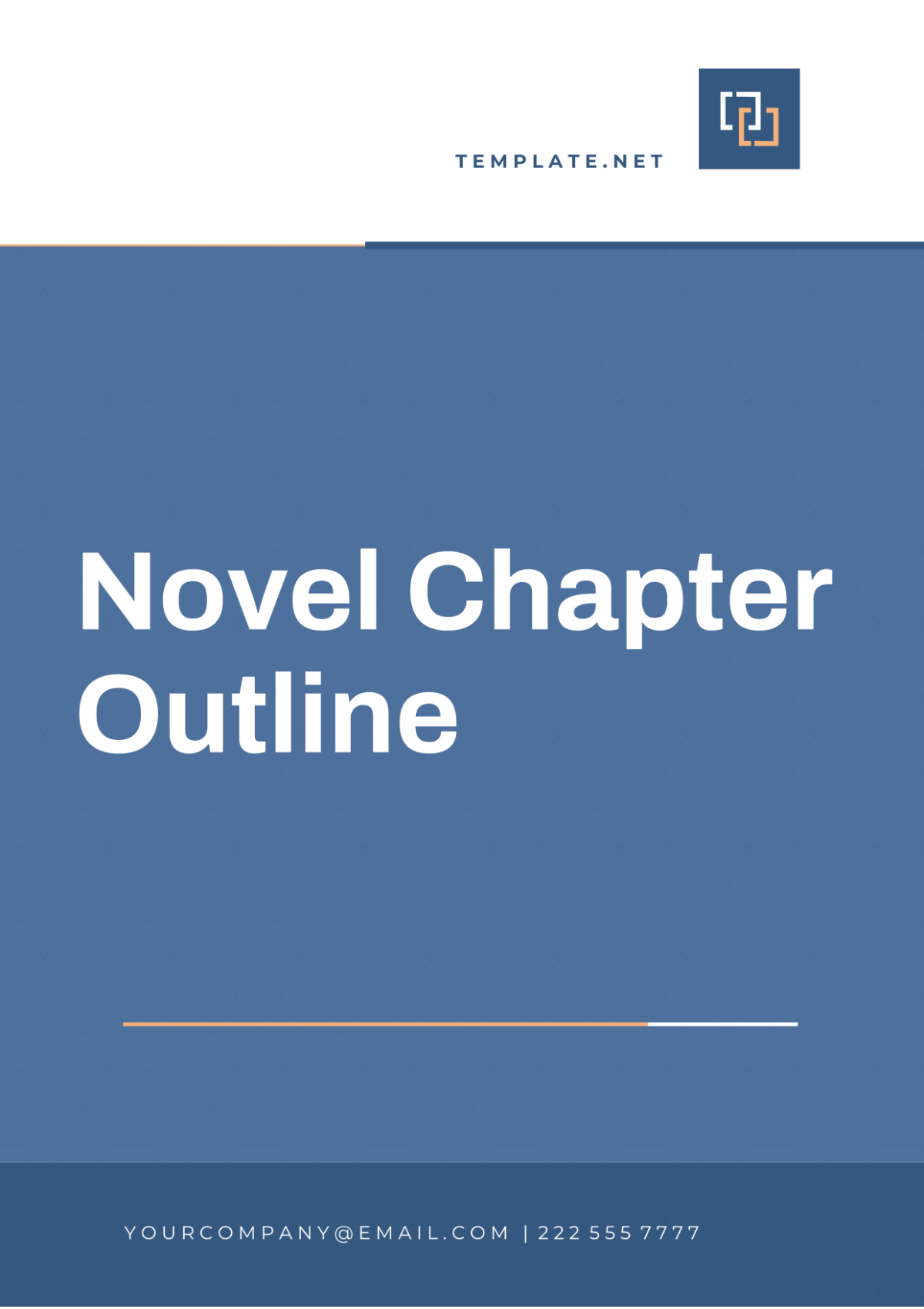
Name | Company | Department | Date |
|---|---|---|---|
[YOUR NAME] | [YOUR COMPANY NAME] | [YOUR DEPARTMENT] | [DATE] |
I. Introduction
This chapter begins with a brief introduction to the elements that will be covered in detail. It sets the scene for [CHAPTER THEME] and highlights the significance of the topics in relation to the broader narrative of the book. Here, [YOUR NAME] should provide a compelling reason why the reader should continue with this chapter, incorporating relevant background information and introducing the key issues to be discussed.
The introduction should also outline the objectives of the chapter and what the reader can expect to gain from it. Ensure that this section is intriguing enough to capture the reader’s interest while providing a solid foundation for the detailed discussion that will follow.
II. Main Content Sections
The body of the chapter is divided into several sections, each dedicated to a different aspect of [CHAPTER TOPIC]. Below is a breakdown of these sections:
Context and Background: Provide a detailed look at the historical, social, or theoretical contexts that inform your topic. Discuss any pivotal events, key figures, or prior studies that have a direct impact on your subject matter.
Detailed Analysis: Delve deeper into your analysis or narrative. This could involve critical discussion, case studies, or exploring complex themes. Use this section to challenge the reader’s understanding and offer new insights.
Current Trends and Data: Present current trends, data, and forecasts that affect your topic. This section should be supported by up-to-date research, charts, and tables to provide empirical support to your narrative.
Case Studies or Examples: Examine one or several case studies that highlight particular points within your discussion. These should be relevant and help to illustrate broader points in a tangible way.
Each section should weave seamlessly into the next, maintaining a coherent and engaging narrative flow that enriches the reader’s understanding of [CHAPTER TOPIC].
III. Further Reading and Resources
To encourage deeper exploration of the topics discussed, include a list of recommended readings and resources. This can include books, articles, websites, and other educational material that can provide expanded perspectives or complementary knowledge.
It is beneficial to annotate these suggestions with brief descriptions of what each resource offers, helping the reader to select which might be most beneficial to their understanding or interests.
IV. About the Author
[YOUR NAME] is an accomplished author with extensive expertise in [YOUR FIELD OF EXPERTISE]. Having worked at [YOUR COMPANY NAME] for [NUMBER OF YEARS] years, [HE/SHE/THEY] has contributed substantially to the field through both scholarship and practice.
For more information, questions, or comments, please contact [YOUR NAME] through the provided official communication channels: email at [YOUR COMPANY EMAIL], or via the company website at [YOUR COMPANY WEBSITE]. You can also engage with [YOUR NAME] through social media platforms at [YOUR COMPANY SOCIAL MEDIA].
V. Conclusion
In the conclusion, [YOUR NAME] should recapitulate the main insights gained in the chapter and reflect on their implications. This is a crucial part of the chapter as it synthesizes the discussed content, offering a clear takeaway for the reader. Reiterate the primary arguments made, and suggest directions for future research or action.
Additionally, this section may also invite readers to reflect on how the information presented affects or is affected by broader societal, technological, or ethical issues. This reflective approach not only enhances the reader's engagement but also amplifies the relevance of the chapter.
- 100% Customizable, free editor
- Access 1 Million+ Templates, photo’s & graphics
- Download or share as a template
- Click and replace photos, graphics, text, backgrounds
- Resize, crop, AI write & more
- Access advanced editor
Introducing the Novel Chapter Outline Template from Template.net. Crafted for writers, this editable and customizable tool streamlines your creative process. Organize plot points, characters, and settings effortlessly. Compatible with our Ai Editor Tool, this template ensures seamless editing for your literary masterpiece. Elevate your writing journey today


